Xatśūll First Nation has an aboriginal right to self-government which is also established in the Canadian Constitution Act of 1982 (Section 35). However, that right is undefined and, consequently, we are currently operating under the Indian Act with by-law making authority delegated (handed down) from Canada. Any programs and services we are able to offer our members are defined and limited by Canada (for example we can’t move money from one department to another). Our reserves are owned and controlled by the Crown and Xatśūll has no formal decision making authority in its traditional territory outside of reserve lands. There are two paths to define the undefined right to self-government (and get out from under the Indian Act). One path is to go through the court system as the Tsilhqot’in are doing (Tsilhqot’in Nation v British Columbia). Xatśūll has decided to go through a Treaty process instead to come to an agreement with the Federal and Provincial governments.
Why Treaty?
There are a number of advantages and disadvantages to both the Treaty and the Court process. One of the most significant is that the Court system is very final; once the Supreme Court has made a decision there’s little opportunity to change that decision. Additionally, if the Supreme Court rules against a First Nation on a given issue, due to the finality of their rulings, that Nation essentially permanently loses the claims or right that they were asserting (with few to no exceptions). When it comes to Treaty, we can negotiate until we have a resolution we’re satisfied with. Not only that but even if Treaty is ratified, it’s intended to be a living document. This means that if there’s something that we’re unhappy with or that’s not working well we can renegotiate with Canada and B.C. to see if we can find a better solution. Another important distinction is that when a First Nation goes through the courts, a large number of questions can remain after a ruling. The Courts, for example, may rule that certain lands are part of a given First Nation’s lands but not (fully) define what rights and authority that Nation has on those lands. It should also be noted that the two are not entirely separate either. A decision made in the courts can also impact Treaty negotiations.
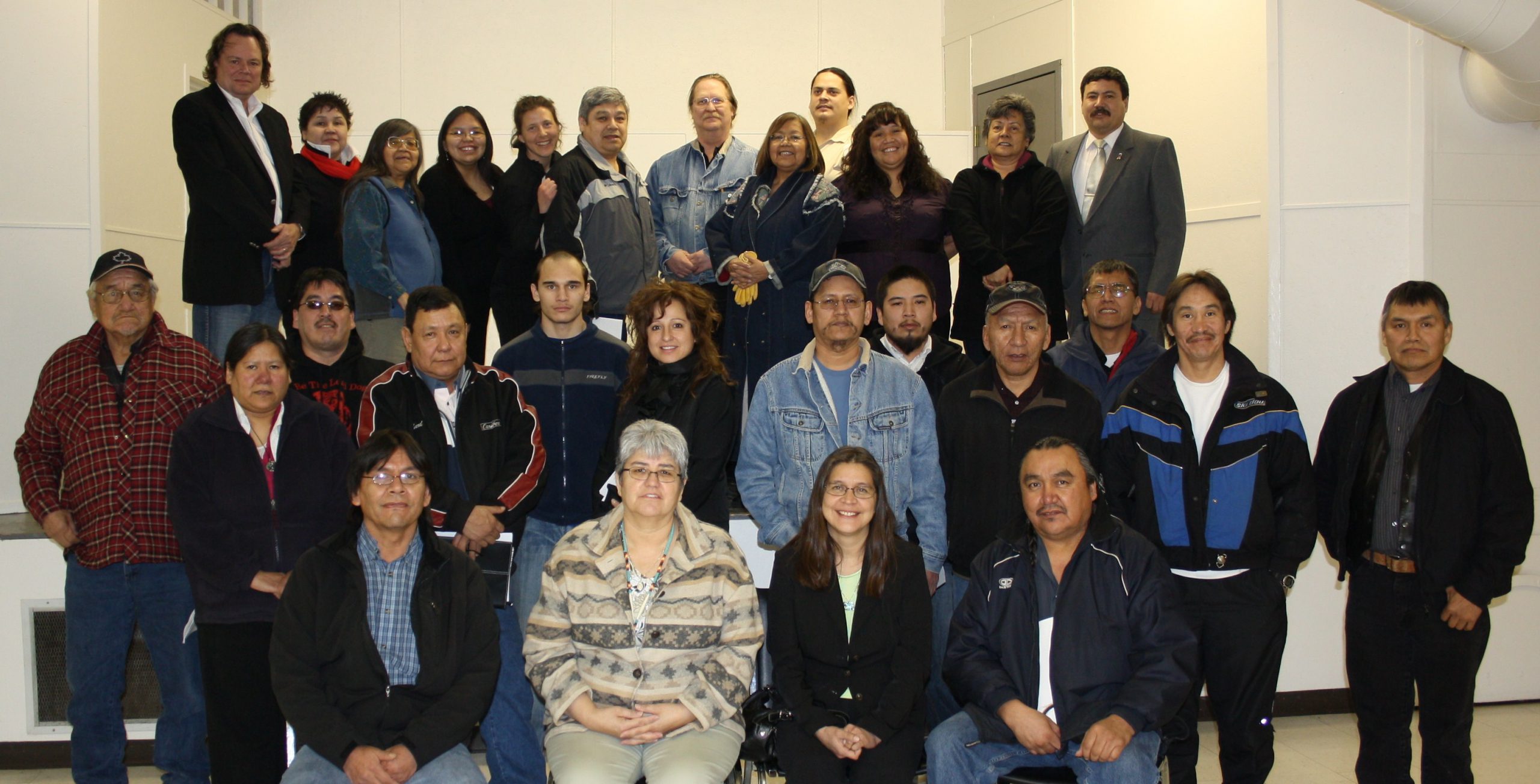
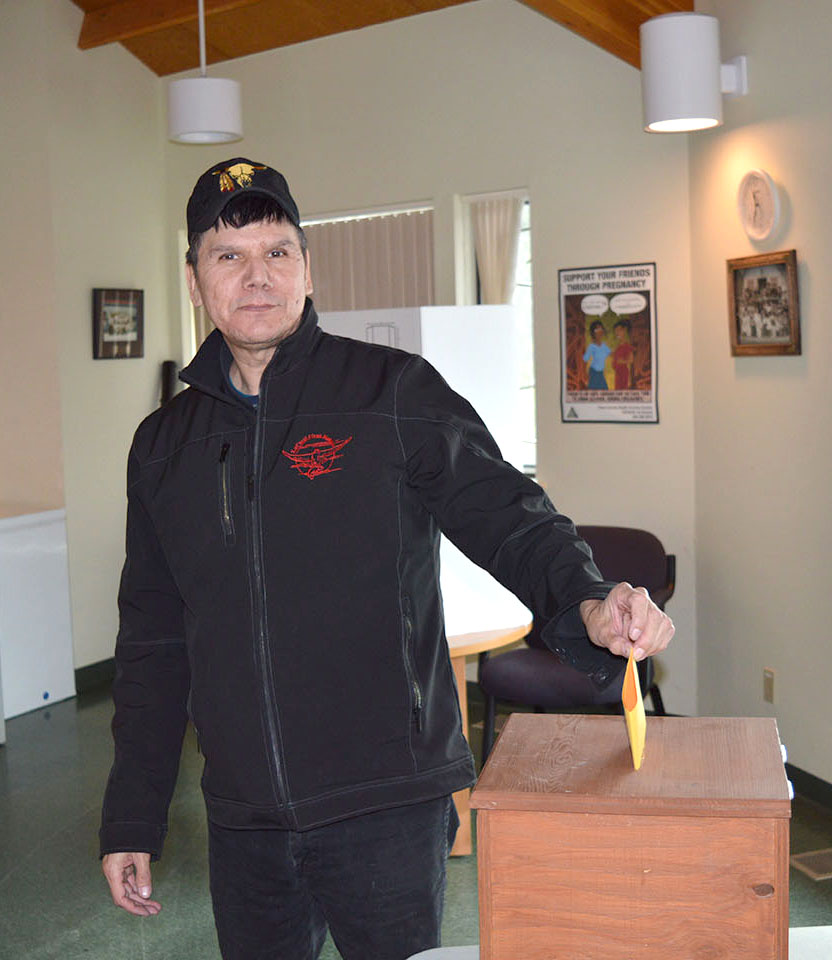
Where are we at?
There are six stages to Treaty negotiations. The first stage is a Statement of Intent to Negotiate. Xatśūll entered this stage in May 1992 as part of the Cariboo Tribal Council. A subsequent Statement of Intent was filed on December 13, 1993. Stage 2 is a Readiness to Negotiate. Xatśūll completed this stage in April 1996. A Framework Agreement (stage 3) was then negotiated and signed about a year later. Negotiations over an Agreement in Principle (AiP, stage 4) began in 1996. Negotiations on that agreement were ongoing until 2014. A referendum on that agreement was held on February 11, 2016, and Xatśūll members voted in favour of leaders and negotiators proceeding to the next stage: Negotiation to Finalize a Treaty (stage 5). This is the stage Xatśūll is currently in. We’re hoping to complete this stage in the next 5 years at which point members will have another vote on whether to accept that Treaty or not. If ratified by members and the Canadian and B.C. governments, Xatśūll would then proceed to stage 6: Implementation of the Treaty.
What would governance look like following Treaty?
After Treaty is ratified, Xatśūll would form its own constitution with the three other Northern Secwepemc te Qelmucw (NSTQ) First Nations (Williams Lake First Nation, Stswecem’c/xgat’tem – Canoe/Dog Creek and Tsq’escen – Canim Lake Band) provided they also ratify Treaty. This Constitution would be on equal footing with the Canadian Constitution (meaning the protections offered by the Canadian Constitution would remain in place). Xatśūll and the NStQ governments would then have the authority to make laws about the use and occupation of Treaty Settlement Lands, Secwepemc language and culture, programs and services delivered on Treaty Settlement Lands and harvesting (fishing, hunting, gathering, trapping) by NStQ Citizens among other things. Some of the law-making authority would lay with a regional NSTQ government and some with the Xatśūll government.
Relevant links
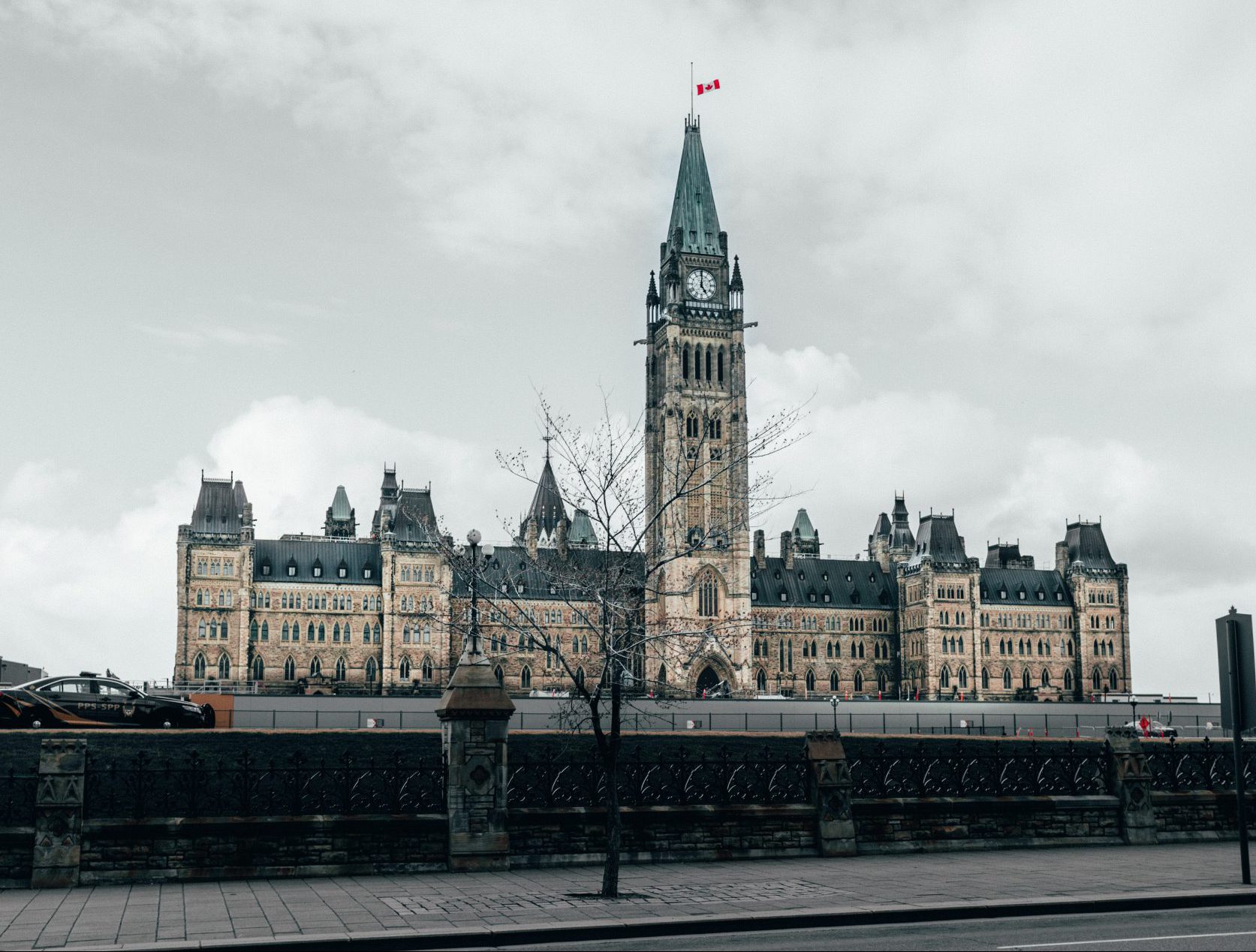
What would Treaty mean for the Canadian and B.C. governments?
Strictly speaking, Xatśūll wouldn’t be ceding its traditional territory and claims, but they would become recognized Aboriginal rights. Xatśūll would release Canada, British Columbia and all other persons from claims, suits actions (etc.) relating to aboriginal rights, including aboriginal title including things like damages, losses, liabilities, or costs excluding fees and disbursements through the Treaty. The Treaty would constitute a living document in respect of any aboriginal rights, including aboriginal title, in Canada that Xatśūll and other NStQ parties may have. However, it wouldn’t prevent Xatśūll from pursuing claims in accordance with Canada’s Specific Claims Policy.
What about land claims?
Treaty Settlement Lands
The return of land is often mentioned as one of the most significant objectives by Members for Treaty. Treaty Settlement Lands (TSL) are lands that are currently mainly Crown Lands and would be transferred to Xatśūll upon signing of the Final Agreement. TSL would be owned by Xatśūll and our government could make its own laws within the lands. The AiP set out 9,961 hectares of Treaty Settlement Lands for Xatśūll (not including the 2,093 hectares that currently make up the reserves which would also become TSL). However, the TSL are still being negotiated as part of Negotiation to Finalize a Treaty. In some cases, this can mean major additions. For example, in 2020, B.C. agreed to purchase a ranch on behalf of Xatśūll. Currently, Xatśūll is leasing that ranch from B.C. but if Treaty is ratified, those lands would become TSL as well. Xatśūll and B.C. chose to go this route because Xatśūll was looking for more lands near its existing community. However, due to ranches and the rangeland associated with them, it was a challenge to find suitable nearby Crown lands. Rangelands are often one of the biggest concerns of non-First Nations when it comes to Treaty. Negotiators are currently working on provisions to ensure that ranchers will be able to continue existing agreements post-Treaty while keeping the associated fees straightforward. Xatśūll could not block anyone who needs to cross TSL to get to their home, for work or for recreational activities such as hiking.
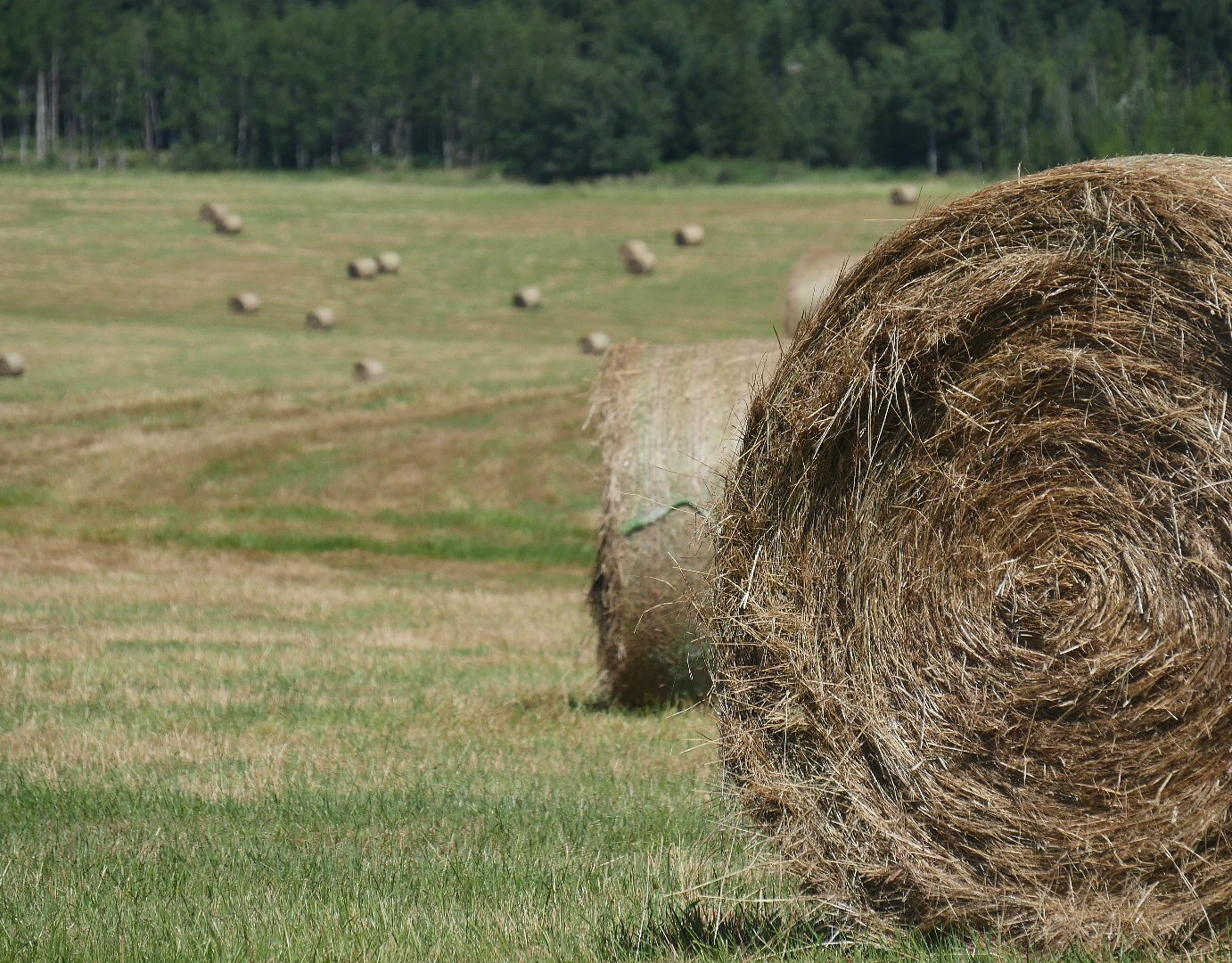
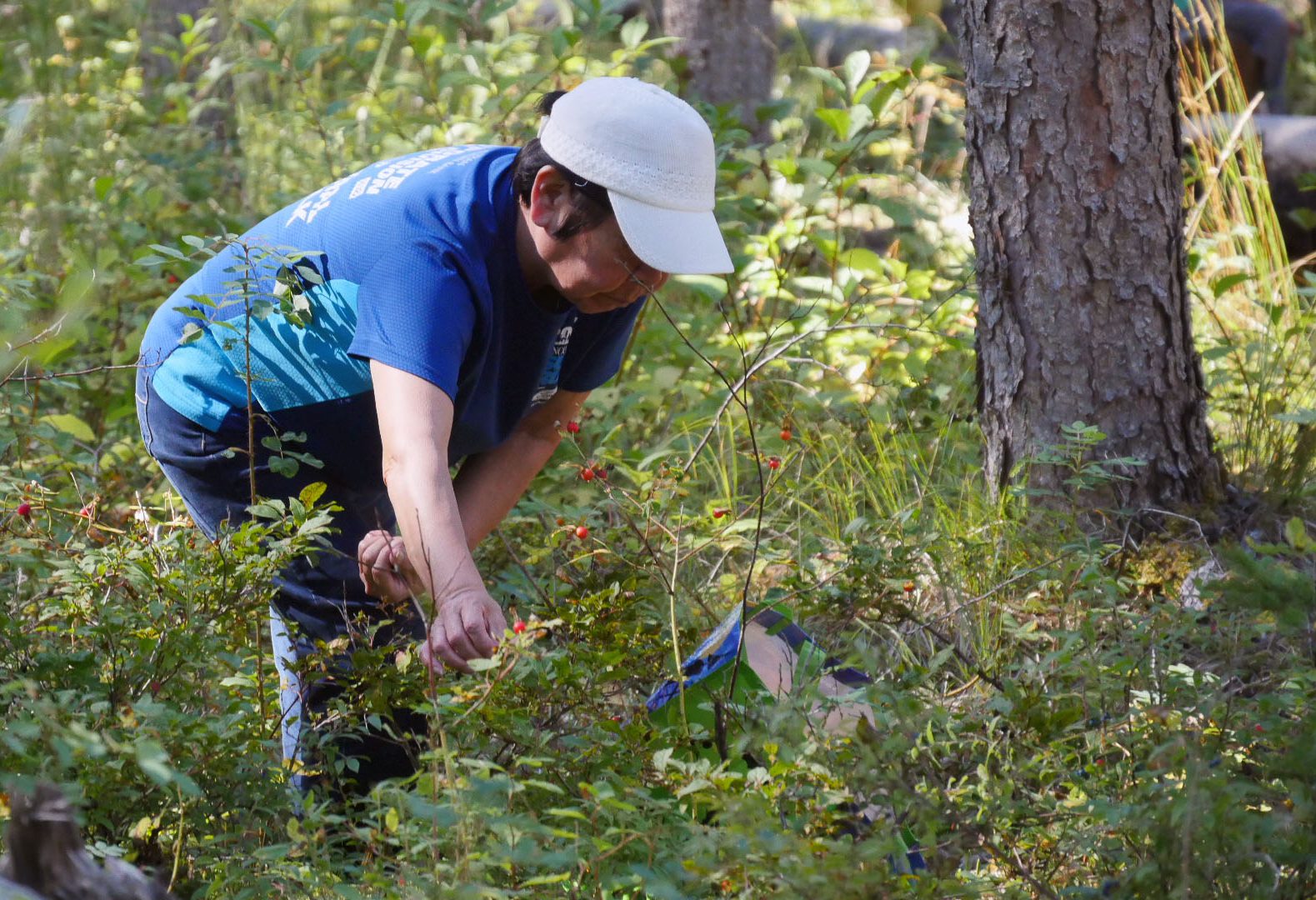
Aboriginal Title Lands
Aside from Treaty Settlement Lands (TSL) there’ll also be Aboriginal Title Lands (ATL). These are the lands where, prior to the Crown declaring sovereignty over Xatśūll territory, our members exercised their Rights and Title which refer to a practice, custom or tradition integral to the distinctive culture of the aboriginal group claiming the right such as hunting, fishing and gathering (as defined by the Supreme Court of Canada). Under the Agreement in Principle (AiP) Xatśūll will not cede or surrender Aboriginal Title or Rights. Rather, our Title and Rights become Treaty Rights which will be set out in the Final Agreement. Xatśūll members would have the right to harvest wildlife and plants for domestic purposes throughout the NStQ Harvest Area and Gathering area respectively, which are yet to be defined. We’re negotiating for both to be all of Secwepemculecw (Shuswap Nation Territory). Domestic purposes include food, social and ceremonial purposes. Harvesting would be subject to measures necessary for conservation, public health and public safety. Xatśūll, as part of NStQ, would be consulted on proposed conservation measures. We’re asserting that our Rights and Title also include stewardship throughout the Statement Of Intent area, something which is supported by the Tsilhqot’in decision. B.C. has proposed a Shared Decision-Making Chapter (a government to government agreement) outside of Treaty.


